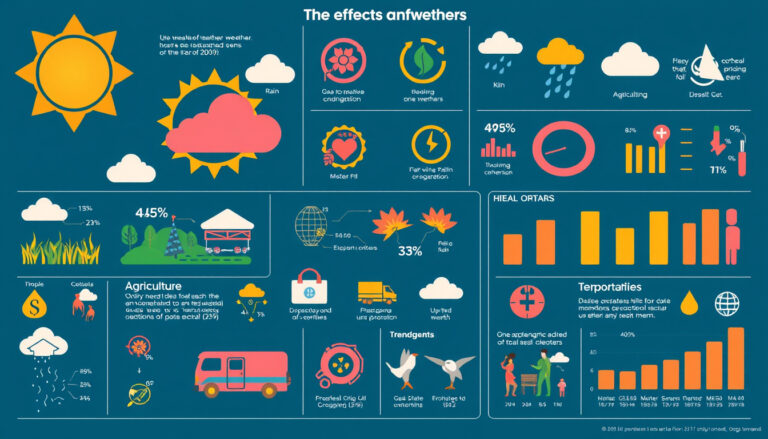In recent years, the importance of sustainable architecture has surged as the world grapples with the effects of climate change and the depletion of natural resources.
Sustainable architecture refers to the design and construction of buildings that prioritize environmental stewardship, resource efficiency, and harmony with nature.
This article will delve into innovative trends in sustainable architecture, highlighting key principles, emerging materials, and smart technologies while showcasing inspiring case studies from around the globe.


Smart Technologies in Sustainable Design
As the importance of sustainability rises within the architectural field, smart technologies in sustainable design have become paramount in developing environmentally friendly buildings.
Sustainable architecture encompasses both the use of eco-friendly materials and innovative technologies that optimize energy efficiency and minimize waste.
For instance, advancements like smart sensors help regulate energy usage by adjusting lighting and heating based on occupancy, while photovoltaic panels convert sunlight into usable energy, reducing reliance on nonrenewable resources.
Furthermore, incorporating smart water management systems can significantly lessen water waste by monitoring consumption and automating irrigation.
By integrating these technologies, architects are not only addressing current environmental challenges but are also shaping a future that prioritizes ecological responsibility—a true hallmark of sustainable architecture.
Biophilic Design: Integrating Nature into Architecture
Biophilic design is increasingly becoming a cornerstone of sustainable architecture, aiming to create spaces that reconnect inhabitants with the natural world, ultimately enhancing both well-being and environmental performance.
This design philosophy emphasizes the use of natural elements—such as light, plants, and water—which not only improve aesthetic appeal but also promote sustainability by optimizing energy efficiency and reducing resource consumption.
In the context of sustainable architecture, incorporating biophilic elements can lead to healthier living environments, which support occupants’ mental and physical health while also minimizing ecological footprints.
As urban areas continue to grow, the integration of biophilic design principles into new developments and renovations is essential for fostering harmony between built environments and the ecosystems they inhabit.

The Role of Renewable Energy in Sustainable Buildings
Sustainable architecture is a field that emphasizes the creation of environmentally responsible and resource-efficient buildings, and renewable energy plays a crucial role in this movement.
By integrating renewable energy sources like solar panels, wind turbines, and geothermal systems, architects and builders can significantly reduce a building’s carbon footprint.
These technologies not only minimize reliance on fossil fuels but also provide long-term cost savings through decreased energy bills.
Furthermore, sustainable architecture fosters designs that utilize natural light and ventilation, enhancing the overall energy efficiency of structures.
As awareness of climate change rises, the incorporation of renewable energy in sustainable buildings not only meets the immediate needs of occupants but also contributes to a healthier planet for future generations.
Case Studies: Innovative Sustainable Architecture Around the World
Sustainable architecture has become more than just a trend; it represents a vital shift towards eco-friendly construction and design practices around the globe.
One notable example is the Bosco Verticale in Milan, Italy, which features residential towers draped in vegetation, providing natural insulation and improving air quality.
In the Netherlands, the The Edge office building in Amsterdam utilizes cutting-edge technology to maximize energy efficiency, including solar panels and rainwater harvesting systems.
Further afield, in Costa Rica, the innovative designs of architects like Benjamin Garcia Saxe integrate local materials and passive solar energy techniques, perfectly blending with the lush landscapes while promoting sustainable living.
These case studies highlight the incredible potential of sustainable architecture to transform urban environments into greener, more livable spaces.
Frequently Asked Questions
What is sustainable architecture?
Sustainable architecture is an approach to building design that seeks to minimize environmental impact by using sustainable materials, energy-efficient practices, and smart design techniques to create structures that are both eco-friendly and functional.
What are some trends in sustainable materials?
Emerging trends in sustainable materials include the use of recycled and upcycled materials, bamboo, rammed earth, and low-impact concrete, as well as innovations like self-healing concrete and biocomposite materials.
How do smart technologies contribute to sustainable architecture?
Smart technologies in sustainable architecture involve the integration of automated systems for energy management, heating, cooling, and lighting to optimize energy use, improve efficiency, and reduce waste.
What is biophilic design, and why is it important?
Biophilic design is an approach that seeks to connect people with nature through the use of natural elements, light, and green spaces in architecture.
It has been shown to improve wellbeing, reduce stress, and enhance productivity.
Can you provide examples of innovative sustainable architecture around the world?
Yes, notable examples include The Edge in Amsterdam, which incorporates solar energy and smart technologies, and Bosco Verticale (Vertical Forest) in Milan, which integrates vegetation into residential buildings for environmental benefits.





